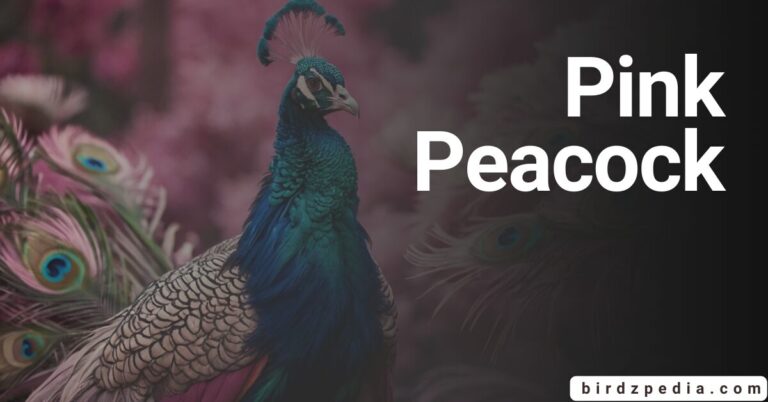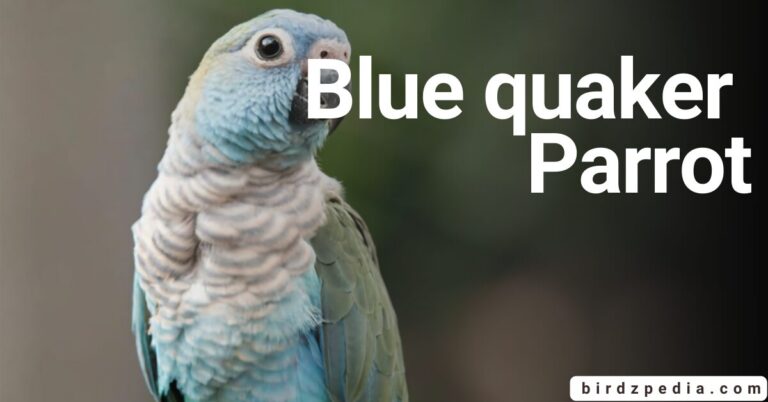The Red Headed Woodpecker: A Striking Symbol of Nature’s Beauty and Resilience
Introduction
With its vibrant crimson head, bold black-and-white plumage, and impressive aerial acrobatics, the red-headed woodpecker (Melanerpes erythrocephalus) stands out as one of North America’s most striking and easily recognizable birds. Beyond its eye-catching appearance, this bird carries ecological importance, fascinating behavior, and a conservation story that highlights the delicate balance between wildlife and habitat.
From rural woodlands to open savannas, red-headed woodpeckers bring both beauty and functionality to their ecosystems. In this article, we’ll explore everything about this unique species—its physical characteristics, habitat, behavior, diet, conservation status, and how you can help protect it.
Physical Characteristics
The red-headed woodpecker is a medium-sized bird, measuring around 7.5 to 9 inches (19–23 cm) in length, with a wingspan of about 16 inches (40 cm). Its most iconic feature is, of course, its bright red head and neck, which starkly contrasts its black back and white underparts.
Unlike many other woodpecker species that have patterned or speckled plumage, the red-headed woodpecker has a strikingly bold, color-blocked appearance that almost looks painted. Both males and females look alike, which is rare among birds where sexual dimorphism is common.

Habitat and Range
The red-headed woodpecker is native to eastern and central North America. Its preferred habitats include:
-
Open woodlands
-
Oak and pine savannas
-
Groves near rivers or farmlands
-
Dead tree stands and forest edges
This species thrives in areas with large, mature trees for nesting and open ground for foraging. However, habitat loss due to urbanization, logging, and changes in fire management practices has impacted its range in many states.
Diet and Feeding Behavior
Red-headed woodpeckers are omnivores and boast one of the most varied diets among woodpeckers. Their food sources include:
-
Insects (beetles, ants, grasshoppers)
-
Fruits (berries, cherries, grapes)
-
Nuts (especially acorns and beechnuts)
-
Seeds
-
Bird eggs and occasionally small rodents
Unlike many woodpeckers that primarily peck into bark for insects, red-headed woodpeckers often catch flying insects mid-air and are known for caching food—storing nuts or insects in bark crevices for later consumption.
This behavior is particularly important in fall and winter when food is scarce. They are one of the few North American woodpeckers to store food in visible caches, and even cover it with bark or leaves for protection.
Nesting and Reproduction
Red-headed woodpeckers are cavity nesters. They typically excavate holes in dead trees (snags) or dead limbs of living trees. Sometimes, they reuse the same cavity or return to the same area in successive years.
Breeding season begins in late spring (May to July). Key nesting behaviors include:
-
Monogamous pair formation
-
Both parents sharing incubation duties
-
4–7 white eggs per clutch
-
Incubation lasts about 12–14 days
-
Fledglings leave the nest roughly 3–4 weeks after hatching
The parents continue to feed the young even after fledging, and they may raise a second brood in favorable conditions.
Behavior and Communication
Red-headed woodpeckers are highly territorial and will fiercely defend nesting sites and food caches from other birds. They’re also vocal, with a variety of calls including sharp “queer-queer” sounds and drum-like tapping during courtship or boundary displays.
They are strong fliers and often glide gracefully between trees, flashing their white wing patches—making them one of the most dynamic woodpeckers in flight.

Conservation Status
Once common across the eastern United States, the red-headed woodpecker has seen significant population declines over the last few decades. The primary reasons include:
-
Loss of dead trees (snags) used for nesting
-
Habitat fragmentation
-
Competition with invasive species like European starlings
-
Decline in food availability due to changes in land use
According to the IUCN Red List, the red-headed woodpecker is listed as “Least Concern,” but the North American Breeding Bird Survey has noted a steady decline in population by over 70% since the 1960s.
Conservation efforts are now focused on:
-
Preserving standing dead trees
-
Restoring native oak and pine savannas
-
Encouraging landowners to maintain natural habitats
-
Educating the public about this charismatic bird’s needs
How You Can Help
If you live in or near the red-headed woodpecker’s range, you can play a part in their conservation:
-
Leave Snags Standing: If it’s safe to do so, keep dead trees in your yard or property for nesting cavities.
-
Plant Native Trees: Oaks, beeches, and other nut-producing trees are ideal for food.
-
Avoid Pesticides: Insect-rich environments are crucial for their diet.
-
Support Habitat Restoration Programs: Donate to or volunteer with wildlife conservation groups.
-
Install Nest Boxes: In areas where natural cavities are limited, nest boxes can help provide safe nesting options.
Fun Facts About Red-Headed Woodpeckers
-
Nicknamed the “flying checkerboard” due to their striking black, white, and red plumage.
-
Capable of catching insects in midair—an uncommon trait among woodpeckers.
-
Featured on a U.S. postage stamp in 1996 as part of the “Birds of America” series.
-
Unlike most woodpeckers, they don’t rely solely on tree trunks—they forage on the ground and in the air.
-
They can live up to 9–12 years in the wild if left undisturbed.
Conclusion
The red-headed woodpecker is a symbol of both nature’s artistry and its vulnerability. With its vivid appearance and fascinating behaviors, it continues to captivate bird watchers and conservationists alike. Yet, its story is also a cautionary tale about the importance of habitat preservation and responsible land management.
By learning more about this incredible bird and supporting its conservation, we help ensure that future generations will continue to witness the flash of red in North America’s forests and fields—a reminder of both beauty and resilience in the wild.
FAQ: Red-Headed Woodpecker
1. What does the red-headed woodpecker look like?
The red-headed woodpecker has a bright crimson head and neck, a black back, and white underparts. Its wings also feature large white patches that are noticeable in flight. Both males and females look alike.
2. Where can red-headed woodpeckers be found?
They are native to eastern and central North America. Their range includes parts of southern Canada, the Midwest, and the eastern United States. They prefer open woodlands, savannas, and forest edges.
3. What do red-headed woodpeckers eat?
They have a diverse diet that includes insects, nuts, seeds, berries, and occasionally small animals. They’re also known for catching flying insects and storing food in tree bark crevices.
4. Are red-headed woodpeckers endangered?
While not currently endangered, they are considered a species of concern due to habitat loss and population decline. Conservation efforts are underway to preserve nesting sites and natural habitats.
5. Do both male and female red-headed woodpeckers look the same?
Yes. Unlike many birds, there is no visible difference in plumage between males and females.
6. What kind of trees do red-headed woodpeckers nest in?
They prefer dead trees or dead limbs of live trees (snags) for nesting. They excavate cavities for their nests and may reuse them in future seasons.
7. When is their breeding season?
Breeding typically occurs from late May through July. They usually raise one or two broods per season, laying 4–7 eggs per clutch.
8. Are red-headed woodpeckers aggressive?
Yes, they are known to be territorial and aggressive, especially during nesting season. They will defend their nest cavities and food caches from other birds.
9. Do red-headed woodpeckers migrate?
Some populations are migratory, particularly those in the northern part of their range. Others may remain in the same area year-round if food sources are abundant.
10. How can I attract red-headed woodpeckers to my yard?
Plant native nut and fruit trees like oaks and beeches, leave dead trees standing if safe, avoid pesticides, and offer suet or nuts in feeders to attract these birds.


![Choco Toucan[Ramphastos brevis] Tales and Overview](https://birdzpedia.com/wp-content/uploads/2024/01/Ramphastos-brevis-768x402.jpg)




